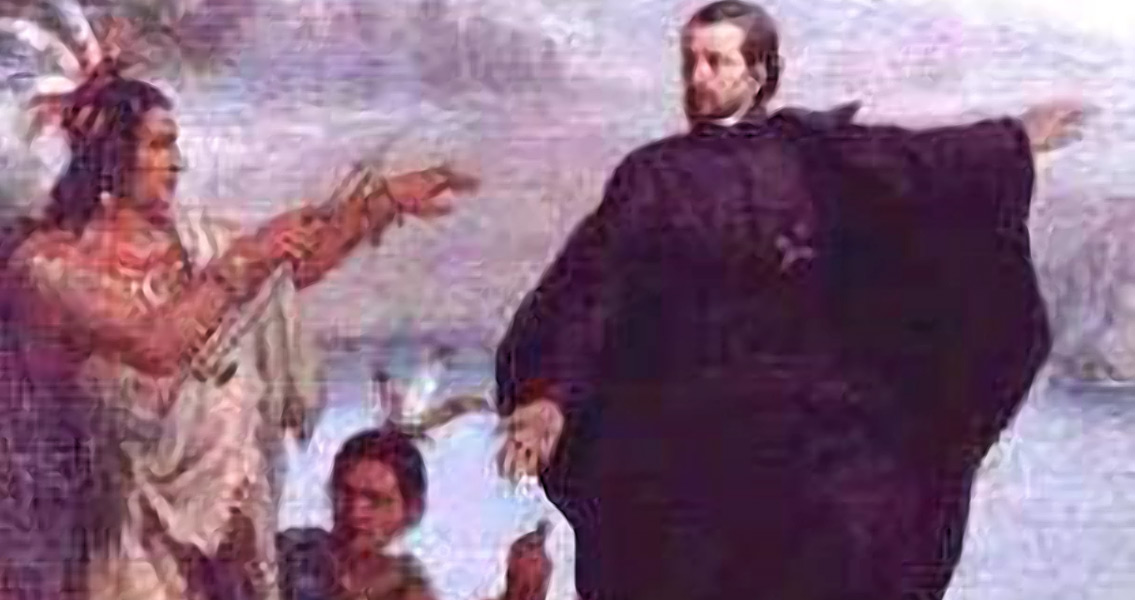<![CDATA[The Franciscan Order was established to aid the spread of Christianity. Often, these friars would venture into non-Christian areas in an attempt to convert the local populations. One of the major areas of activity for the Franciscans in the eighteenth and nineteenth centuries was on the Pacific Coast of North America. These missions were one of the first major efforts by Europeans to colonise the Pacific Coast region, the most western point of European expansion. Franciscans were often prepared to provide gifts to the Native American inhabitants to signify their peaceful intentions. Paul Albert Lacson from Grinnell College, writing in the most recent edition of the journal California History, has focused on one particular item which Native Californian groups desired above all others: European cloth. "Cloth products served as a means of establishing diplomatic relations between California Indians and Spanish mariners," Lacson explained. This taste for cloth amongst the native inhabitants of California facilitated the emergence of friendly relations with Franciscan missionaries whose conversion programme relied on the distribution of 'civilising goods,' such as clothing. Interestingly, cloth meant different things to the two groups. Lacson states that the Franciscans expected the cloth to be used to cover the 'naked' bodies of the local Californians. By “naked,” Franciscan missionaries did not mean that California Indians walked around completely bare. Rather, native Californians wore elaborate attire made from animal skins and plants. Missionaries equated this ceremonial attire as evidence of an 'uncivilised' culture. They believed that the native population could be 'civilised,' eventually living similar lives to Europeans. For the Californians, however, cloth had a different meaning. The consumption of Spanish-introduced cloth became a major point of contention amongst native Californian populations. "Cloth items came to symbolise one's political stance on the greatest issue to face native Californians during the late eighteenth and early nineteenth centuries: what to do with the continued presence of Spanish colonists," wrote Lacson. Those who were sympathetic to Spanish colonisation wore cloth products distributed by missionaries. On the other hand, those who challenged the new social order communicated their opposition by rejecting woven cloth products. "Indian consumption of cloth items distributed by Franciscan missionaries fueled tensions within Indian communities over... how to respond to the new people, plants, animals, and ideas that embodied Spanish colonization," Lacson wrote. Clothing, therefore, became a mark of political identity amongst native Californians. Wearing European woven cloth symbolised whether you allied with Spanish colonisers or wanted to retain a more traditional way of life. Initially, woven cloth was a means of expressing friendship between Indians and Spanish mariners. Missionaries used cloth as a means of showing they had peaceful intentions. The continued influx of European populations to the Pacific Coast, however, met with numerous responses from the local inhabitants. By the 1820s, clothing had become a clear marker to communicate one's political position regarding Spanish colonisation of California. Lacson has shown that something as simple as woven cloth can have hugely powerful connotations. By examining how everyday items were used and what they meant to the people who used them, we can understand a great deal about past societies. For more information: www.jstor.org Image courtesy of Wikimedia Commons user: Magnus Manske]]>
Native Californians Used Cloth as a Political Symbol
